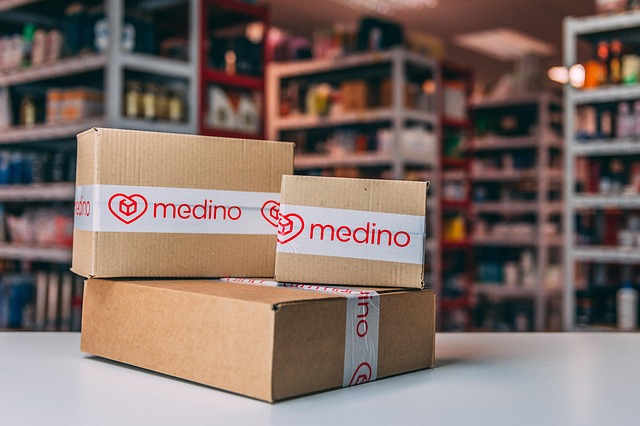How local market rules affect prescription distribution roles
Local market rules shape how prescriptions move from pharmacies to patients, influencing tasks, responsibilities, and required processes for delivery personnel. Regulations, logistical constraints, and community expectations combine to create varied job scopes across regions. Understanding these local differences helps professionals adapt operations in areas such as routing, transport conditions, privacy safeguards, and use of technology for safe, compliant medication distribution.

Local market rules influence prescription distribution roles by defining permissible practices, documentation standards, and handling expectations for medications. In many jurisdictions, pharmacies must follow local regulation around who can accept, transport, and deliver prescription drugs, which affects job descriptions for couriers and drivers. These requirements can include licensing checks, recordkeeping, patient verification steps, or limits on the types of medications that can be transported by third parties. Employers and local services must interpret regional policies when designing workflows for routing, scheduling, and temperature-controlled transport.
This article is for informational purposes only and should not be considered medical advice. Please consult a qualified healthcare professional for personalized guidance and treatment.
pharmacy and local regulation
Local pharmacy rules frequently dictate how distribution roles operate in a given market. Regulations may specify whether a pharmacy can contract with third-party couriers, require chain-of-custody documentation, or mandate in-person handoffs for controlled substances. Those working in or with pharmacies must understand licensing boundaries and how local boards of pharmacy or health authorities interpret national standards. Such local variations can alter whether delivery staff need additional training, background checks, or direct supervision by licensed pharmacists.
courier roles and routing
Courier responsibilities vary by local policy and service model. In some areas, couriers simply transport sealed prescription packages; in others, they must verify patient identity, collect signatures, or confirm pharmacy-provided counseling occurred. Routing practices are shaped by urban density, traffic patterns, and neighborhood regulations, which influence stop sequencing and time windows. Efficient routing must balance speed with compliance, ensuring couriers can meet scheduling requirements while adhering to rules about when and how prescriptions are delivered in your area.
logistics, scheduling, and transport
Logistics teams craft scheduling systems that reflect local operating hours, patient expectations, and legal timeframes for prescription dispensing. Scheduling must accommodate pharmacist review periods and any mandatory waiting times set by regional authorities. Transport planning considers vehicle capacity, packaging protocols, and contingency procedures for missed deliveries. In markets with strict delivery time windows, roles may include more precise time-slot coordination, while rural areas may emphasize route consolidation and community pickup points to remain efficient and compliant.
safety and temperature control
Safety protocols and temperature controls are central where medications are sensitive to heat or cold. Local rules often require documented temperature monitoring during transport for certain products, and couriers may need training in cold-chain procedures or use of insulated containers. Safety measures also cover secure storage in vehicles, safe handling of hazardous or injectable medications, and protocols for returning or disposing of undelivered prescriptions. Delivery roles must reflect both public-health expectations and local regulatory thresholds for acceptable transport conditions.
compliance and privacy considerations
Data protection and privacy laws vary by jurisdiction and directly affect how delivery roles manage patient information. Local regulations can set standards for what data can be stored on mobile devices, how delivery confirmations are recorded, and whether electronic signatures are acceptable. Compliance teams must align courier practices with local privacy rules, implement secure communication tools, and audit workflows to reduce risks. Confidentiality expectations may change how packages are labeled, how identities are verified at the door, and what delivery evidence is retained.
technology, tracking, and operations
Technology adoption is influenced by local market readiness and regulatory acceptance. GPS tracking, temperature loggers, and mobile verification apps help align operational demands with compliance requirements. Some regions permit electronic proof-of-delivery and remote verification, while others require paper records or in-person attestations. Operations roles must evaluate which technologies satisfy local regulators, support privacy safeguards, and integrate with pharmacy systems to maintain accurate records for audits and quality control.
Local market rules create meaningful variation in prescription distribution roles, affecting who can deliver, how they must document activity, and what safeguards must be in place for patient safety and data privacy. Organizations and individuals involved in medication delivery should map local regulations, train staff accordingly, and design logistics that meet both operational needs and legal obligations. By aligning routing, scheduling, transport practices, and technology choices with regional expectations, delivery roles can better support safe, compliant distribution across different communities.






